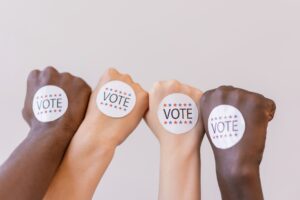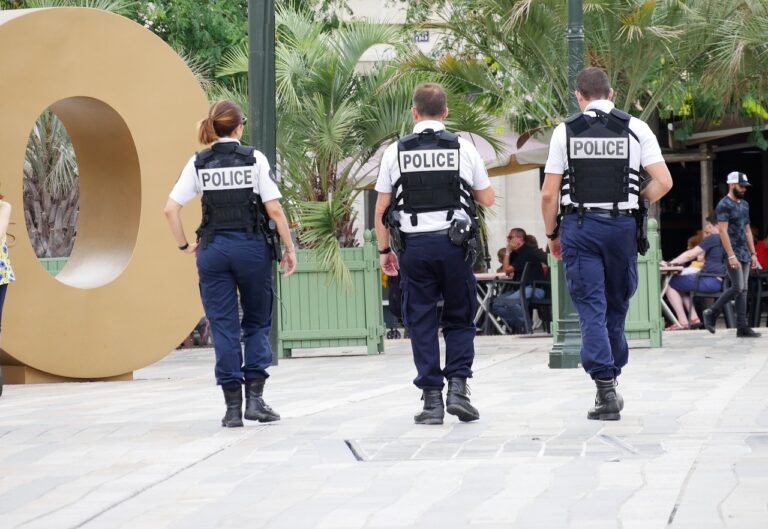Tackling sensitive issues like slavery in education can be tough. Teachers have to encourage critical thinking without hurting anyone’s feelings A recent stir about how slavery is taught in Missouri shines a light on this tough job. It’s made people think more about how teachers handle touchy subjects and make sure everyone feels welcome at school.
The First Problem: Recreating Slavery in Class
In St. Louis, a Catholic school teacher’s lesson on slavery for six-year-olds got everyone worked up. The teacher tried to make the kids understand slavery by making them act it out. They picked kids to play different roles based on race, splitting the class into “slave owners” and “slaves.” One Black kid had to be Harriet Tubman. This made the kids and their parents really uncomfortable.
One mom, Aveona McLemore, told the story of how her son came home upset from this lesson. He started to believe some bad ideas about race. The Archdiocese of St. Louis was quick to say they didn’t like the lesson at all, saying it was “totally wrong and not okay.” They also said they’re committed to keeping school’s places where everyone feels included.
The Second Problem: Putting Price Tags on People
In a similar case, there’s heat on another Missouri teacher who told fifth graders to put price tags on things like slaves.
Understanding Past Mistakes
In the context of American westward expansion and market activities, a school activity was meant to teach kids about economics. However, it ended up spreading racial stereotypes and causing hurt. By treating slavery like a product that could be bought and sold, it sparked anger and criticism from both parents and local residents. This situation shows how important it is to be culturally aware and sensitive in education.
Important Dialogue Between Parties
It’s critical to talk openly with teachers, parents, and others in the community. This helps deal with problems and work together to make sure schools are welcoming for everyone.
What Was Learned
This case study points out the tough issues teachers face when dealing with sensitive subjects like slavery. Education needs to include a good grasp of history and the ability to think critically. But this should be done in a respectful way that considers the different cultures of the students, builds empathy, and encourages everyone to feel included. The events in Missouri remind us that slavery’s effects are still with us, as well as the ongoing influence of systemic racism in our society today.
Teachers have a duty to break down stereotypes, confront their own prejudices, and start real conversations with students about complex historical events and social fairness. It’s also vital for teachers to receive training on cultural biases and how to be sensitive to others, so they can guide these tough discussions and foster an accepting classroom environment.
When we add a mix of experiences and viewpoints into what we teach and use teaching methods that respond well to cultural differences, we build classrooms that honor diversity. These methods can help fight stereotypes and grow empathy and understanding among students.
Moving Ahead: Enabling Cultural Understanding and Fairness
In the wake of recent troubling events, schools must focus on boosting cultural awareness, fairness, and inclusion. It’s crucial to welcome different viewpoints, give a platform to those less heard, and nurture kindness and insight in students to build learning spaces where everyone feels valued.
The creation of school courses and teaching methods should revolve around fairness and social justice. Doing so equips pupils to think deeply, lead with heart, and push for improvements in society. Schools that weave various life stories into their lessons and encourage teachers to respect cultural differences can cultivate an atmosphere where diversity is celebrated, biases are questioned, and students learn to understand and empathize with each other.
Prioritizing Cultural Awareness and Inclusivity in Education
It’s crucial to focus our efforts on raising cultural awareness, fairness, and inclusion within education. Students will benefit from learning about different viewpoints, hearing the often-overlooked voices of others, and practicing kindness and understanding – these are vital steps to building educational spaces where everyone is welcome.
When it comes to creating lessons and teaching methods, it’s important to make sure they’re all about social fairness and justice. This empowers learners to think deeply, care for others, and stand up for what’s right. Teachers can help build a classroom that respects differences, knocks down harmful stereotypes and nurtures empathy if they include a mixture of stories and experiences in their teaching and use techniques that respond well to various cultures.
Conclusion: Building an Inclusive Learning Environment with Empathy
To wrap it up, the happenings in Missouri shine a light on just how key it is to bring cultural awareness and equality into the schoolroom. By learning from what’s happened and vowing to push for cultural sensitivity and a place where everyone fits in, teachers can meet their duty in readying students for a world that’s got more variety and connections than ever before. Tackling sensitive issues can be tricky – you need to get history right, ask the tough questions, yet also be considerate. It might take hard work and real dedication, but teachers have the power to craft classrooms where every kid is seen, heard, respected, and given the tools they need to positively impact the globe.











+ There are no comments
Add yours